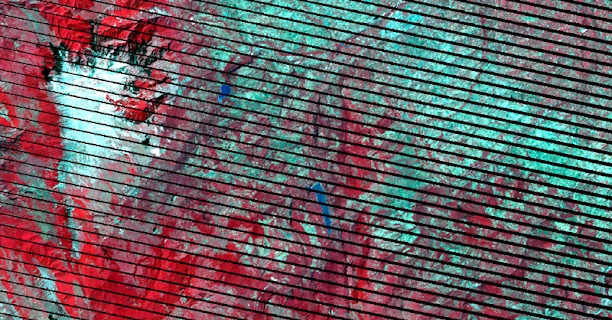Hillshade, slope maps, DEMs and 3D orthophotos
When one is a beginner and gets into the world of the exploitation of Digital Terrain Models, or DTM, the first doubts and confusions assail about what is a slope map, a shadow map, a Digital Elevation Model and an image visualized in 3D. Do we see the differences between them to understand each other?
Digital elevation models, or DEMs, allow altitude values to be represented by pixels (when we are using GRID files). Each pixel shows an altitude value, and, with the help of cartographic software, we can visualize the complete model in 3D noting the morphology of the terrain. Once we represent the model in a three- dimensional environment we will be able to visualize the geography noting the slopes, valleys, valleys, mountains or any geographical feature of the territory thanks to the sensation of depth. These models only represent altitude values, concepts such as depth, slope orientation or shadows are determined by the position and visual interpretation of each user. They are never referred to by the values of each pixel.
A hillshade file , also known as shadow maps, is a digital model whose function is the representation of shadowsand solar radiance levels on the ground. By means of Digital Elevation Models, and with the help of spatial information exploitation tools, we can simulate this type of models giving a sensation of depth in the geography by means of shadows projected on the slopes. These files allow the visual quality of a cartographic file to be improved by assigning brightness values to each pixel depending on the solar angle of incidence, which is why we can see the geography perfectly as if the Sun hit one of the sides of the slopes, generating shadows on the side. contrary. This model shows shadows between one side and the other of the slopes of the territory, but at no time is it a slope orientation map (based on directions with respect to the cardinal points)
Slope orientation files display the digital model by assigning a pixel value and color based on its spatial position relative to North, South, East, and West. In this case, each color is determined by the range of degrees of direction relative to north. In this way, our GIS allow us to represent the orientation of the slopes when we visualize the model in 3D. Each pixel color will determine an orientation relative to North.
Aerial images correspond to raster files where each pixel shows a specific value and color in order to represent a specific aspect of the geography. These images, initially flat and viewable in 2D, can be represented in 3D using a Digital Elevation Model as support. Each pixel of the aerial image is adjusted to the altitude values of the DEM and we end up visualizing the image in a three-dimensional way. This way of representing the image helps us to interpret the orientation of slopes or to visualize areas of sun and shade depending on the time of day in which the image was taken.






Comments
Post a Comment